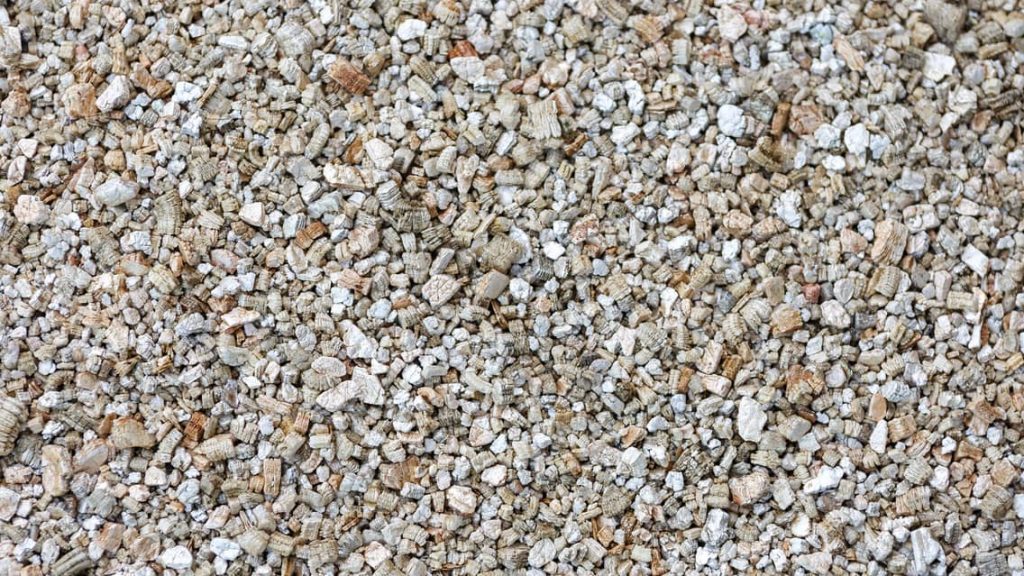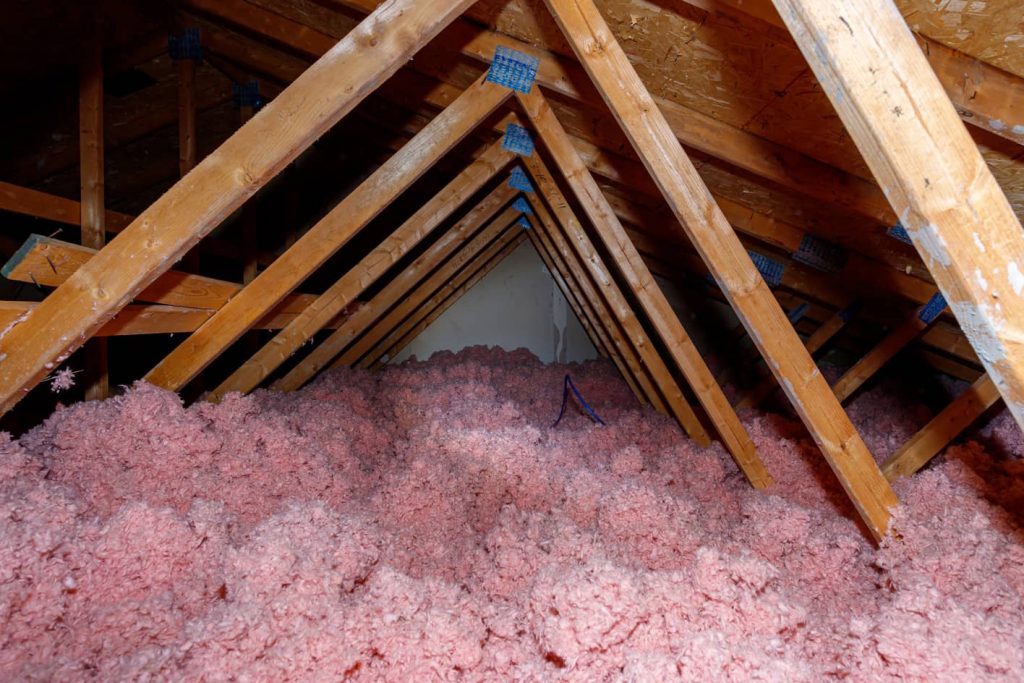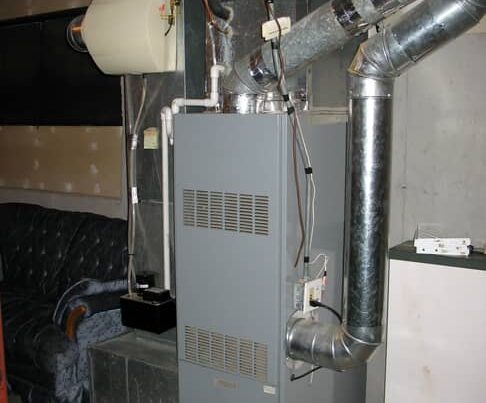
If your home was built before the 1990s, those walls could be hiding a silent threat – asbestos. While asbestos was commonly used in insulation and building materials for its durability and fire resistance, it also poses deadly health risks when fibers are inhaled. Damaged or deteriorating asbestos materials in your home’s walls, ceilings, or attic can release toxic particles into the air you breathe. That’s why it’s critical to know what asbestos insulation can look like and act fast on any existing in your home.
This guide will walk you through how to recognize dangerous asbestos insulation, the health hazards associated with asbestos exposure, essential safety precautions, and when it’s critical to call in professionals.
What Is Asbestos?
Asbestos is a naturally occurring fibrous mineral found deep underground in soil and rock formations. Due to its heat resistance and durability, asbestos became a popular additive for insulation, roofing, flooring, and other building materials throughout the 20th century. Builders would mix asbestos fibers into products like insulation to make them stronger and improve their insulating capabilities. By the 1990s, asbestos was banned from use in most products once it was discovered that asbestos dust and fibers are toxic if inhaled over time.
When asbestos building materials start to break down or age, asbestos fibers can disperse into the air as dust. Exposure to these thin asbestos fibers, often invisible to the naked eye, is extremely harmful to human health. When inhaled, the fibers become lodged in lung tissues and cause scarring over many years. This leads to deadly conditions like lung cancer, mesothelioma, and asbestosis.

Types of Insulation
During the 20th century, asbestos fibers were commonly mixed into insulating materials for strengthening and fire resistance. The two most prevalent types of insulation containing asbestos are:
- Loose-fill insulation – This blown-in insulation was loosely packed into wall cavities and attics. It is composed of fluffy, lumpy, granular material with no backing or binding. Loose-fill insulation containing asbestos can release fibers if disturbed.
- Vermiculite insulation – Vermiculite contains pebble-like pieces and takes on a silver-gold appearance. Some call it Zonolite after its previous brand name. Vermiculite insulations pose an asbestos risk if the vermiculite comes from a mine containing asbestos.
Types of Insulation Without Asbestos
Today, there are several safe insulation materials. These do not contain asbestos and look significantly different.
- Cellulose – This insulation contains recycled paper fibers and has no mineral content. It comes in various forms and is gray and soft.
- Fiberglass – Composed of extruded glass fibers, fiberglass insulation is white, fluffy, and shineless. It’s one of the most common insulations.
- Mineral wool – Formed using natural minerals like basalt or slag, mineral wool insulation resembles cotton. It comes in neutral colors like gray or brown.
- Foam – Finally, rigid foam insulation boards and sprays made from polystyrene or polyurethane are asbestos-free. They have a smooth, plastic-like texture.
Identifying Asbestos Insulation
Since asbestos fibers are invisible to the naked eye, it can be challenging for homeowners to positively identify asbestos insulation. Warning signs in your home would be:
- Loose-fill or vermiculite insulation in attics or walls, especially in pre-1990s homes
- Insulation materials that are degraded, damaged, or releasing dust
- Granular, lumpy, or pebbly texture in insulation
- Grayish, brown, or gold silvery glint in attic insulation
To fully confirm the presence of asbestos, you’ll need a professional. Licensed asbestos inspectors will take small samples of suspicious materials and send them to a lab for definitive asbestos testing. Homeowners should never disturb questionable insulation themselves.
Cost Considerations for Asbestos Removal
Asbestos removal is a job that only professionals should handle, as mishandling can further release toxic fibers. On average, homeowners can expect to pay between $800 and $15,000 for complete asbestos abatement, depending on factors like:
- Amount of insulation/asbestos materials present – More contamination means higher removal costs.
- Accessibility – Difficult-to-reach areas like crawlspaces or between walls can increase labor time and fees.
- Disposal fees – Transporting and disposing of asbestos waste adds expenses.
- Contractor experience – Highly trained, experienced contractors may charge more but work more safely.
- Protective equipment/tools – Proper respirators, sealing materials, vacuum filters, and more are required for safe asbestos removal.
Although asbestos abatement costs may seem high, this investment protects your family’s long-term health and safety.

When to Call a Professional
Never disturb asbestos without the proper equipment. At the first sign of damaged, deteriorating, or newly discovered insulation, immediately contact a licensed asbestos abatement company to inspect and contain the area.
Attempting a DIY asbestos project puts your family at risk. Professionals have extensive experience safely identifying asbestos materials through lab testing, containing the spread of asbestos fibers during removal, using specialized equipment like respirators, negative air machines, and HEPA vacuums, as well as bagging, transporting, and disposing of asbestos waste properly. Trust certified specialists to handle hazardous asbestos insulation safely.
Other Recommended Maintenance
During renovations or repairs, be vigilant about checking for asbestos. If you need to disturb walls or ceilings, have an asbestos inspector look at building materials first. They can identify problem areas and contain them before work begins.
For maintenance like installing new insulation, use caution around electrical wires and junction boxes. Improper handling can cause shorts or fire hazards. Routinely inspect your home for signs of insulation damage or deterioration which could release asbestos over time. Home inspections by professionals help detect asbestos materials before they pose a health risk. With vigilance and the help of certified asbestos experts, you can maintain a safe, asbestos-free home.
Conclusion
In essence, asbestos insulation can look different, causing various risks. While undisturbed asbestos materials are typically not an immediate hazard, improper handling can prove fatal. Homeowners should never attempt to inspect, remove, or dispose of questionable insulation themselves. The risks are simply too high.
By contacting accredited asbestos professionals at the first sign of potential contamination, you can identify and remediate problems safely. Though asbestos abatement costs can seem daunting. However, this investment in your home’s health is non-negotiable. For assistance with existing asbestos in your home or a closer look at your current insulation, reach out to Boggs Inspection Services in Olympia, WA, and surrounding areas.



